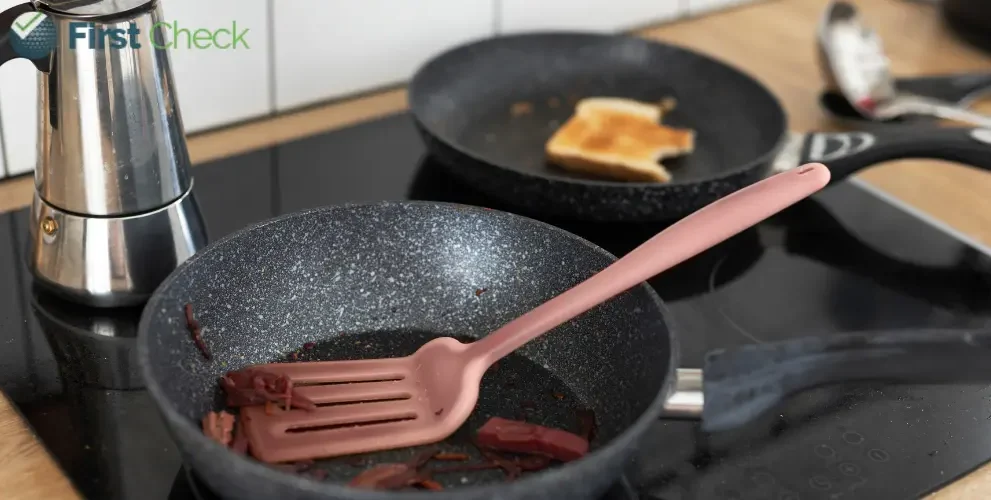
Author
Polymer fume fever, an illness that can occur when Teflon-coated pans are overheated, can easily be prevented.
‘Teflon flu’ has been trending online, following a surge in suspected cases recently in the United States. Does it have any connection with non-stick cookware? Is it a serious health condition? Can it be prevented? The questions are many and First Check gets you all the answers.
Let’s start with the name: ‘Teflon flu’, aka polymer fume fever, is an illness that can occur when Teflon-coated pans are overheated. Teflon – a brand name for a chemical called polytetrafluoroethylene (PTFE) – is the substance used to coat pans and other cookware to make them non-stick.
While it is incredibly useful because food doesn’t stick to the cookware, making cleaning much easier, there’s also an associated risk. When these pans reach very high temperatures (usually up to 350°C), the coating begins to break down. This breakdown releases various chemicals into the air, including a substance called perfluorooctanoic acid (PFOA). These chemicals, when inhaled, can cause flu-like symptoms.
The symptoms – fever and chills, headache, body ache, cough, and shortness of breath – usually appear within a few hours of exposure to the fumes and last for 12 to 48 hours. The typical course of polymer fume fever is mild and self-limited. However, this can be easily prevented.
Here are some effective tips to protect yourself from ‘Teflon flu’:
- Don’t overheat non-stick pans: Keep cooking temperatures well below 350°C. After cooking, remember to switch off the burner and take the Teflon pan off the hot stove.
- Use proper ventilation: Always cook in a well-ventilated area.
- Replace old or damaged pans: If your non-stick pans are scratched or peeling, it’s time to invest in new ones.
- Consider alternatives: Cast iron or stainless-steel pans can be good alternatives to Teflon-coated cookware.
It’s important to note that Teflon-coated cookware is safe when used properly. The key is to avoid using them at very high temperatures, and to replace them swiftly when they show signs of wear.
Read More : Fact-check: Vitamin C can’t ward off the flu










